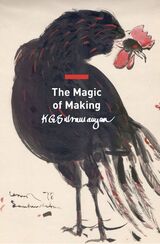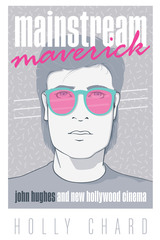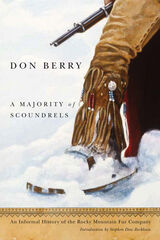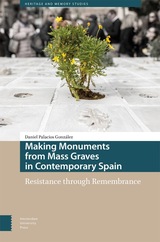2 books about Sewell, Jessica Ellen
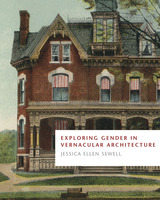
Exploring Gender in Vernacular Architecture
Jessica Ellen Sewell
University of Tennessee Press, 2024
In Exploring Gender in Vernacular Architecture, Jessica Ellen Sewell considers the gender of those who create and shape spaces, how gender ideology contributes to and manifests itself in built form, and what research methods make the observation of gendered experience possible. She discusses single-gender, mixed-gender, and queer spaces, providing a comprehensive look at how gender influences the design and construction of those spaces, how those spaces are used, and the relationship between gender and the broader architectural landscape. In her study, Sewell also provides an expansive view of how gender intersects with other categories of power and difference, such as race, class, and age, and how this intersectionality contributes to the design and use of built spaces.
In addition to examining the spaces themselves, Sewell explores research methods for studying gendered experiences in architecture. She argues that traditional research methods in vernacular architecture studies, which often focus on building-based fieldwork, should be complemented by other methods—such as letters, oral histories, and diaries—that expand the understanding of buildings beyond their construction date and reveal how those buildings have been used and represented over time. Digging into primary records, Sewell posits, can help challenge our assumptions about who influences architecture and urban development, illuminating the roles of women and others in the building and shaping of space.
Thoroughly researched yet accessible for scholars new to the study of vernacular architecture, Exploring Gender in Vernacular Architecture bridges the gap between specialized scholarship and broader public understanding. Students of architectural history, gender studies, and cultural history will find it a valuable resource not only for examining the relationship between gender and architecture, but for engaging new methodological tools that may further their own research.
In addition to examining the spaces themselves, Sewell explores research methods for studying gendered experiences in architecture. She argues that traditional research methods in vernacular architecture studies, which often focus on building-based fieldwork, should be complemented by other methods—such as letters, oral histories, and diaries—that expand the understanding of buildings beyond their construction date and reveal how those buildings have been used and represented over time. Digging into primary records, Sewell posits, can help challenge our assumptions about who influences architecture and urban development, illuminating the roles of women and others in the building and shaping of space.
Thoroughly researched yet accessible for scholars new to the study of vernacular architecture, Exploring Gender in Vernacular Architecture bridges the gap between specialized scholarship and broader public understanding. Students of architectural history, gender studies, and cultural history will find it a valuable resource not only for examining the relationship between gender and architecture, but for engaging new methodological tools that may further their own research.
[more]

Women and the Everyday City
Public Space in San Francisco, 1890–1915
Jessica Ellen Sewell
University of Minnesota Press, 2011
In Women and the Everyday City, Jessica Ellen Sewell explores the lives of women in turn-of-the-century San Francisco. A period of transformation of both gender roles and American cities, she shows how changes in the city affected women's ability to negotiate shifting gender norms as well as how women's increasing use of the city played a critical role in the campaign for women's suffrage.
Focusing on women's everyday use of streetcars, shops, restaurants, and theaters, Sewell reveals the impact of women on these public places-what women did there, which women went there, and how these places were changed in response to women's presence. Using the diaries of three women in San Francisco-Annie Haskell, Ella Lees Leigh, and Mary Eugenia Pierce, who wrote extensively on their everyday experiences-Sewell studies their accounts of day trips to the city and combines them with memoirs, newspapers, maps, photographs, and her own observations of the buildings that exist today to build a sense of life in San Francisco at this pivotal point in history.
Working at the nexus of urban history, architectural history, and cultural geography, Women and the Everyday City offers a revealing portrait of both a major American city during its early years and the women who shaped it-and the country-for generations to come.
[more]
READERS
Browse our collection.
PUBLISHERS
See BiblioVault's publisher services.
STUDENT SERVICES
Files for college accessibility offices.
UChicago Accessibility Resources
home | accessibility | search | about | contact us
BiblioVault ® 2001 - 2024
The University of Chicago Press



